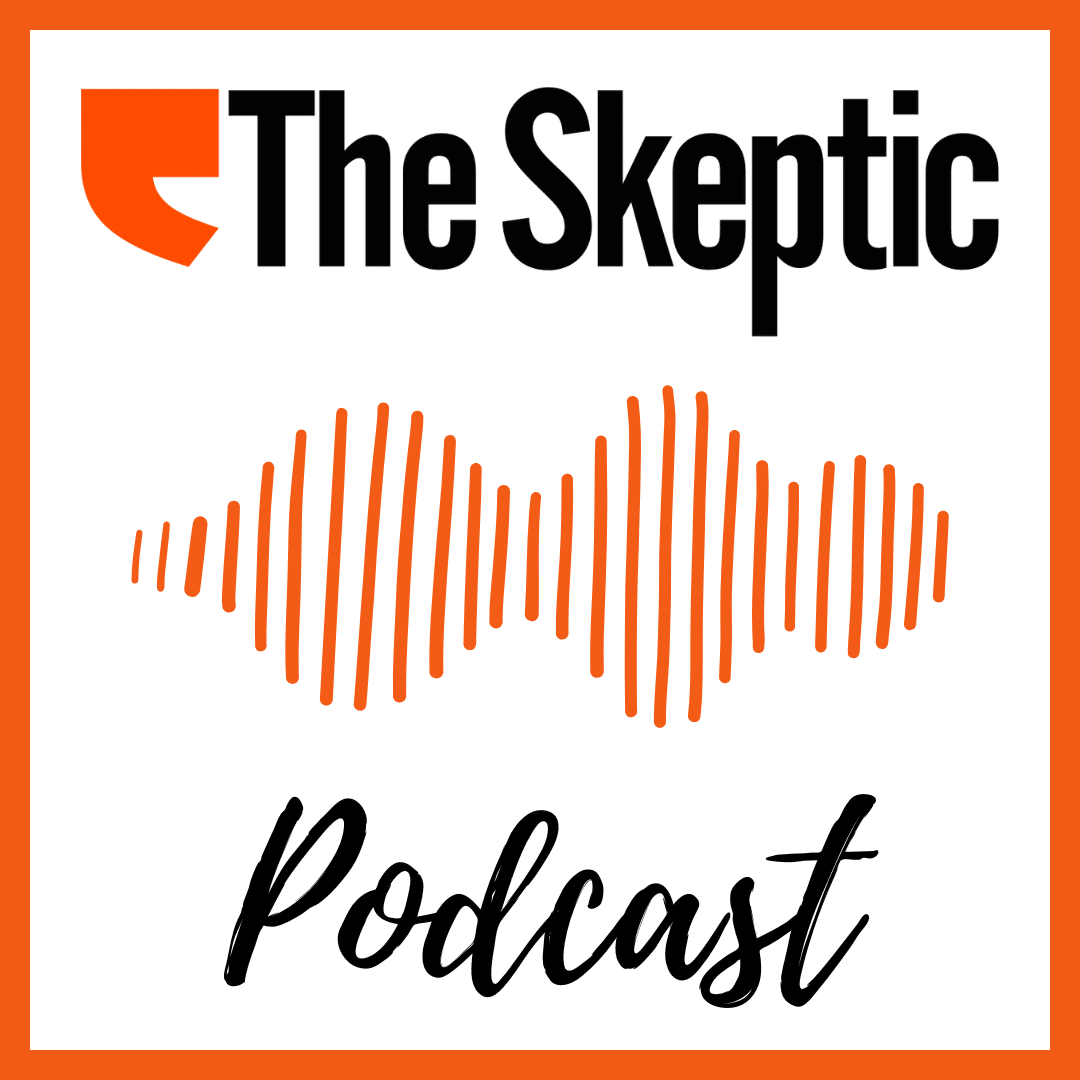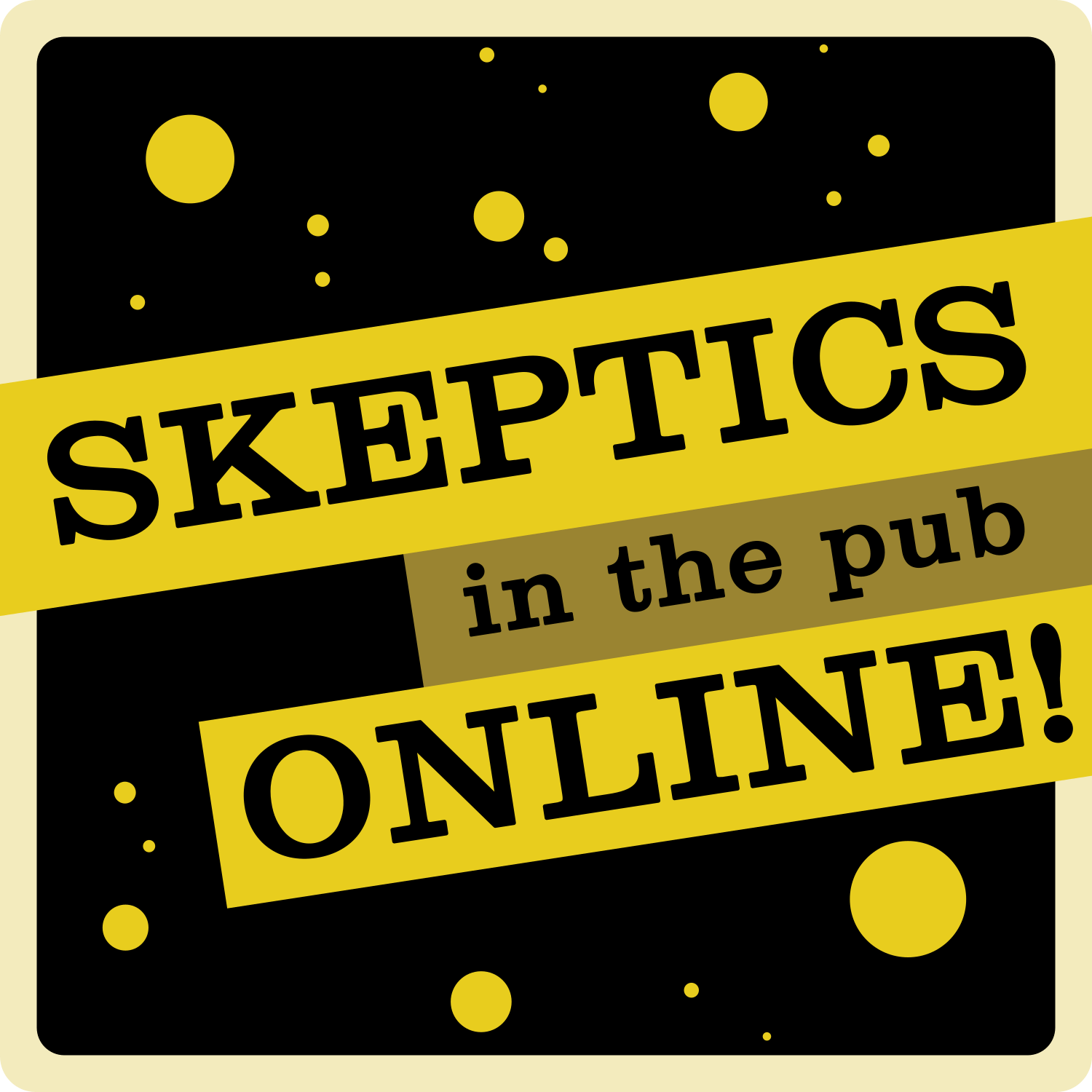Back in 2015, as part of my role with the Good Thinking Society, I was leading a project to challenge and ultimately end NHS spending on homeopathy. It’s something I wrote about long before I took over as editor of The Skeptic, and as part of that process in December 2015 I found myself in a stakeholder meeting held by Liverpool Clinical Commissioning Group in order to gauge the opinion of the public as to whether homeopathy ought to be decommissioned.
The clinic who had been providing the homeopathy service had worked hard to try to preserve their contract, and had contacted patients from all across Merseyside (including many from well outside of the Liverpool CCG jurisdiction) to come and defend homeopathy at all costs, with thirty or forty people in attendance. Of the attendees, there were the directors and owners of the clinic, various members of their staff and family, local homeopaths who had been persuaded to take an interest, patients who were taking a mistletoe-based therapy (which wasn’t actually homeopathic, but weirdly the homeopaths present didn’t seem to mind the confusion), and a handful of patients who were actually using the homeopathy service.
There was even a representative from the office of David Tredinnick, at the time the MP for Bosworth – situated a mere 115 miles outside of the Liverpool. Tredinnick would go on to complain, without a trace of irony or self-awareness, that the report from the stakeholder meeting should be disregarded, because he believed the meeting had been infiltrated by people from outside of Liverpool.
Sat among this deeply-invested crowd were myself and two of my colleagues from the Merseyside Skeptics Society. The meeting was, it has to be said, one of the most extraordinarily hostile rooms I’ve ever been in.
It became clear quite early on that things were not going to follow the itinerary put together by staff members of the CCG. While the plan had been to take questions from the audience before breaking into smaller groups to have round-table discussions, with the CCG taking notes on the perspectives of different attendees, instead a local pro-homeopathy lobby group (headed up by the director of the clinic whose contract with the NHS was under threat) decided that they ought to be able to give some opening remarks to the audience. The CCG were unsure, but the crowd – having been stacked in favour of keeping homeopathic services – were lively and insistent, and so the GP who doubled as owner and director of the homeopathy clinic got up to give a pre-written address.
When he was finished, the CCG turned to the three skeptics in the room, to ask if we wanted to say a few words – I was as surprised to be offered the ‘opportunity’ as the CCG were to be offering it, and so I kept my remarks brief, highlighting that I’d far rather try to get back to the itinerary of the CCG. Brevity was almost certainly wise, given the chorus of jeers and hisses from the pro-homeopathy attendees.
Eventually, after a great deal of chaos, the time came to break into groups to respond to some of the questions prompted by the CCG, and it was in this smaller conversation that we heard from a patient of the homeopathy service, whose story has stayed with me throughout the years since the meeting.
She explained that she had a chronic condition, for which she’d sought treatment from her GP, to no avail. He’d tried her on one drug, and when that didn’t work he switched her medication for another treatment, and then another and then another. Each time, she explained, she felt like she was being rushed through the system – that she was essentially a guinea pig, being used to trial one medication after another, with no improvement in her symptoms and her quality of life.
Then, she explained, she asked to be referred to the homeopathy service, so that she could be offered homeopathic treatments for her symptoms. That process was much better: she sat for an hour with a homeopath who asked her about her symptoms, her lifestyle, how she was sleeping, what dreams she had, and so on. It felt like she was being listened to, and that every detail mattered. At the end of the consultation, she was prescribed a homeopathic remedy that, she was told, was tailored to specifically her needs. When that remedy didn’t help at all, she went back to the homeopath who took her through what might have gone wrong, and after another lengthy conversation together they arrived at a different remedy to try – which also turned out to be ineffective. Undeterred, the two of them went back through the process, and settled on a third remedy to try.
When I met her, she explained that her symptoms were as bad as ever, and that she was utterly distraught at the idea that the homeopathy service she relied on and that had given her such comfort might be closed. She openly cried as the CCG outlined their proposal to end the funding for homeopathy. It was genuinely moving to sit and talk to her as she explained how desperately she needed something that would work, and how scared she was that the homeopathy service would be taken away from her.
I didn’t remotely doubt her sincerity – the fears she was expressing were clearly genuine. But what was also interesting was that, as she’d said herself, her symptoms hadn’t actually improved while taking the homeopathy. In fact, it struck me how similar her journey with the homeopath had been to her experiences with the GP: she presented with symptoms, she was given something to take, when it didn’t help she was given something else to take, when that didn’t help she was given something else to take. In both cases, she was given several treatments to try, and in none of the cases did she feel that her symptoms had improved. Neither conventional nor alternative medicine had objectively helped her. So why was she so distraught at the idea of losing access to homeopathy, and so defensive of the homeopaths who had treated her?
The answer, I think, lies not in the sugar pills, but in the setting in which they’re prescribed and delivered. During the homeopathy consultations, she felt listened to – indeed, she really was listened to, and at length. She was able to talk about how she was feeling, she was asked about details that would have seemed insignificant to most people (because they had no bearing on her actual condition), but in the setting of a homeopath’s office they gave the impression of thoroughness – this wasn’t the short “in-and-out” appointment at the doctor’s surgery that left her feeling like a guinea pig; clearly the homeopath had dedicated some time to the patient, and that investment of time wholly changed the patient’s experience of the process, even if it had no impact on the patient’s condition or her symptoms.

It’s far easier, of course, for a homeopath to spend an hour with a client – they don’t have the caseload of a General Practitioner, because nobody in the health service relies on a homeopath to treat or cure anyone, because homeopathy is entirely ineffective; a GP has a room filled with sick patients who need to be seen. A homeopath might see in a week fewer patients than a GP sees in a day, and as such the demands on their time are far less intense.
Equally, there will be times in seeing a GP where the correct answer is as simple as taking the right medicine – for some conditions, a common medication might be the answer for 60% of people; meaning 40% will return dissatisfied. Of those, three quarters might be helped by a different common medication, but 10% of your original patients will still need to return another time, without relief. At each stage, the number of patients treated successfully increases, but some patients will inevitably be at the mercy of probability, left untreated by the tools readily available to a GP. Those patients would reasonably explain that they’ve had a deeply negative experience, and will obviously find no comfort in the notion that they happened to be on the losing end of probability, and that the GP has successfully resolved the issues of scores of other patients.
Comfort, however, is precisely what the time spent with a homeopath provided for the patient I met – the comfort that came from feeling like she wasn’t alone, like she wasn’t a burden or an inconvenience. The bedside manner of the homeopath is what made the patient so scared of the prospect of losing access to the homeopathy service – she saw her homeopath as an ally who listened to her concerns with a sympathetic ear.
It’s perhaps unsurprising that a number of homeopaths can develop the kind of ‘bedside manner’ that makes patients view them with such positivity and loyalty: when the treatments they prescribe can’t and don’t actually do anything, the only thing the homeopath has is a bedside manner – if their patients keep coming back, it’s not because their sugar pills did anything.
Homeopaths are often keen to claim that conventional medicine has plenty to learn from homeopathy, and like a stopped clock they happen to be right now and then. Doctors could learn that by listening to patients and their concerns a little more, they can build the kind of trust and loyalty that will mean their patients don’t blame them if they happen to be one of the unlucky cases. And the healthcare system as a whole could learn that better resourcing could allow doctors to spend a little more time with each patient to grow that kind of trust and confidence, without feeling like they have to work at pace to get through the caseload of the day.
If a little extra time and a more sympathetic ear can make patients feel loyalty to a treatment as useless and pseudoscientific as homeopathy, imagine what it could do for treatments that actually work.



